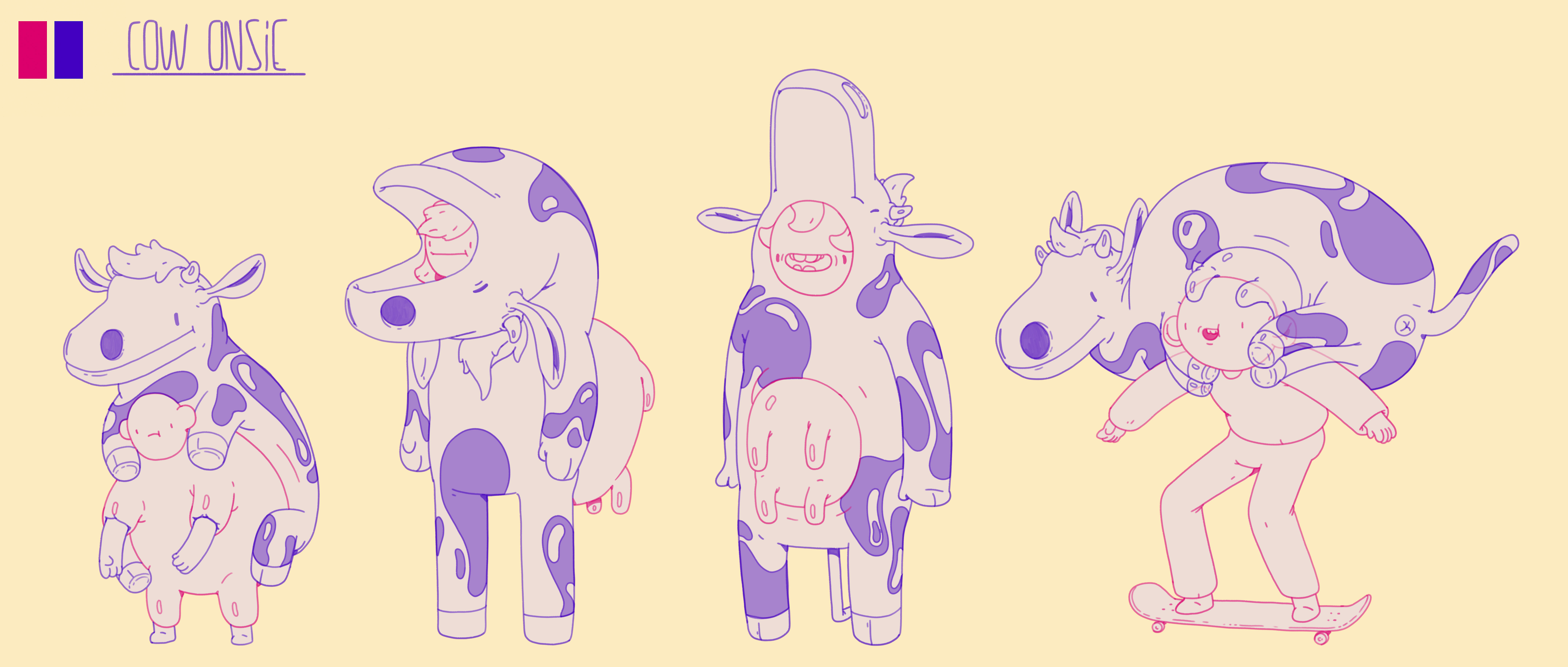Body and Τerritory in reciprocal breaking and assemblage
This study examines representative views of the body and the territory, which open up their stereotypical boundaries, assembling them into new conceptual, spatial and ecological correlations. It focuses on material and porous relations between the present issues and design boundaries. Management tool, is the concept of opening-up, which includes a number of additional concepts such as: cutting, boring, splitting, but also coupling and assembly. Opening up implies the erosion of a stable cohesion, crossing multiple scales to reveal tensions and heterogeneities. The work attempts to examine new ways of perceiving space, experiencing the body and inhabiting the earth, depending on the material traces of its physical and territorial interrelation and its ecological impact.



It follows a course of analysis, from the dissection of the body layers, to the exploration of the geological background and the broadening of ecological thought, through interrelated theoretical quests between characteristic philosophical and architectural baggage, mapped into three distinct sections.

The first section approaches corporeal exploration possibilities that emerge from breaking through the skin surface. Anatomy practice during the Renaissance, led by Andreas Vesalius, is seen as a moment of understanding of the body and the architecture, which stimulated interest in the anatomical incision. Through sections of the philosophical works of Maurice Merleau-Ponty, George Bataille, and Antonin Artaud, the body is examined in extreme conditions, in relation to its ideal proportion as a model for architecture and thought. The concept of physicality is studied as an ever-emerging, open and without clear boundaries experience, which can open up possibilities for a fragmentary and dynamic relationship with space, such as that adopted in the architectural work of Morphosis.










The second section, undertakes a transition from the physical to the ground breakthrough. The aim of the section is to explore the material and fluid dimension of grounds and their relation to the expansion of the boundaries of a body. In this context, ground breakthrough is geologically oriented and concerns an underground complexity, a perforation, which negates the established territories, placing the un-grounding first, calling for a more radical ecological thinking about architecture. Both the physical and the mental soils, consisting of complex grids of relationships, are analyzed through the work of Manuel De Landa, Gilles Deleuze & Félix Guattari, and Reza Negarestani. Grounds, as places of unconditional meeting between us and the material processes of the earth are researched in the work of the architects Nella Golanda & Aspasia Kouzoupi and Christos Papoulias.











The third section explores how the decomposed body and the fragmentary ground of the previous two sections restate the relationship between mineral, plant, and animal bodies as part of a quest for contemporary environmental and geological degradation. The geodetic processes of the earth, inseparable from human presence and action, propose a new ground, which challenges the primacy of "nature", redefining the material and bodily relations between man, environment and earthly critters. It intoduces the thought of the feminist theorist Donna Haraway, about the process of re-worlding of the earth, through biological and geological terms. In an attempt to expose open body-to-ground manipulations governed by material interconnections, the section concludes with the example of architects Anuradha Mathur & Dilip da Cunha and the artist Alberto Burri, who are proposing a re-conception of the relationship between ecology and architecture.


















